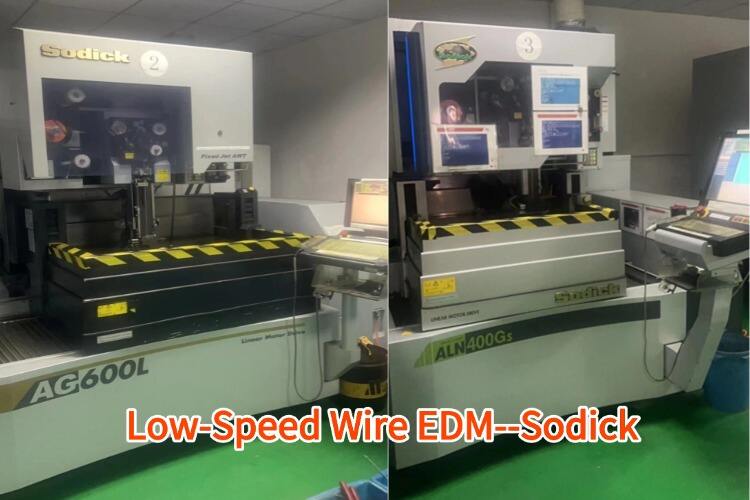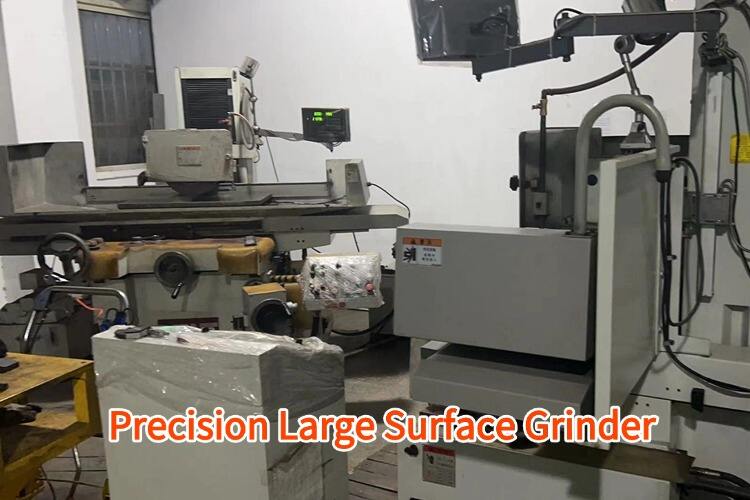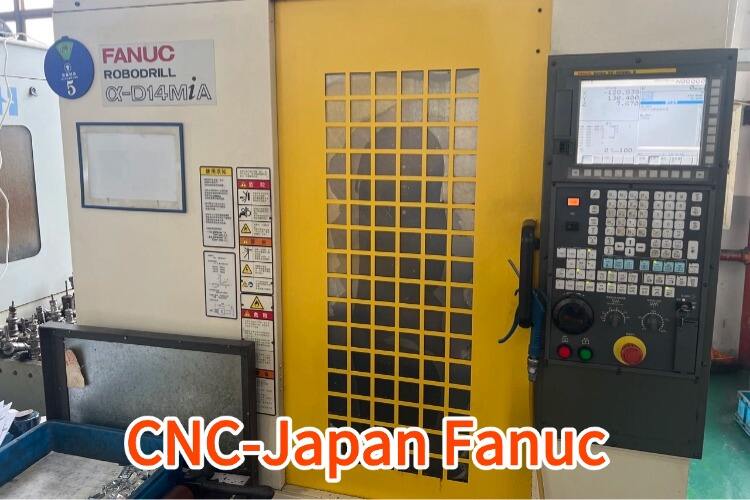steel surface treatments
Steel surface treatments represent a crucial process in metal finishing that enhances the durability, appearance, and functionality of steel components. These treatments encompass various techniques including chemical conversion, mechanical finishing, and protective coating applications. The primary purpose is to modify the surface properties of steel to improve corrosion resistance, wear resistance, and aesthetic appeal. Advanced technologies such as plasma treatment, thermal spraying, and electrochemical processes are commonly employed to achieve specific surface characteristics. These treatments can create surfaces that are harder, smoother, more resistant to chemical attack, and better suited for subsequent coating applications. The process selection depends on factors like the intended application, environmental conditions, and performance requirements. Modern steel surface treatments often incorporate nanotechnology and environmentally friendly solutions, addressing both performance and sustainability concerns. Industries ranging from automotive and aerospace to construction and medical devices rely on these treatments to ensure their products meet stringent quality and durability standards. The treatments can be customized to achieve specific surface properties, such as hydrophobic or hydrophilic characteristics, enhanced bonding capabilities, or improved electrical conductivity.


